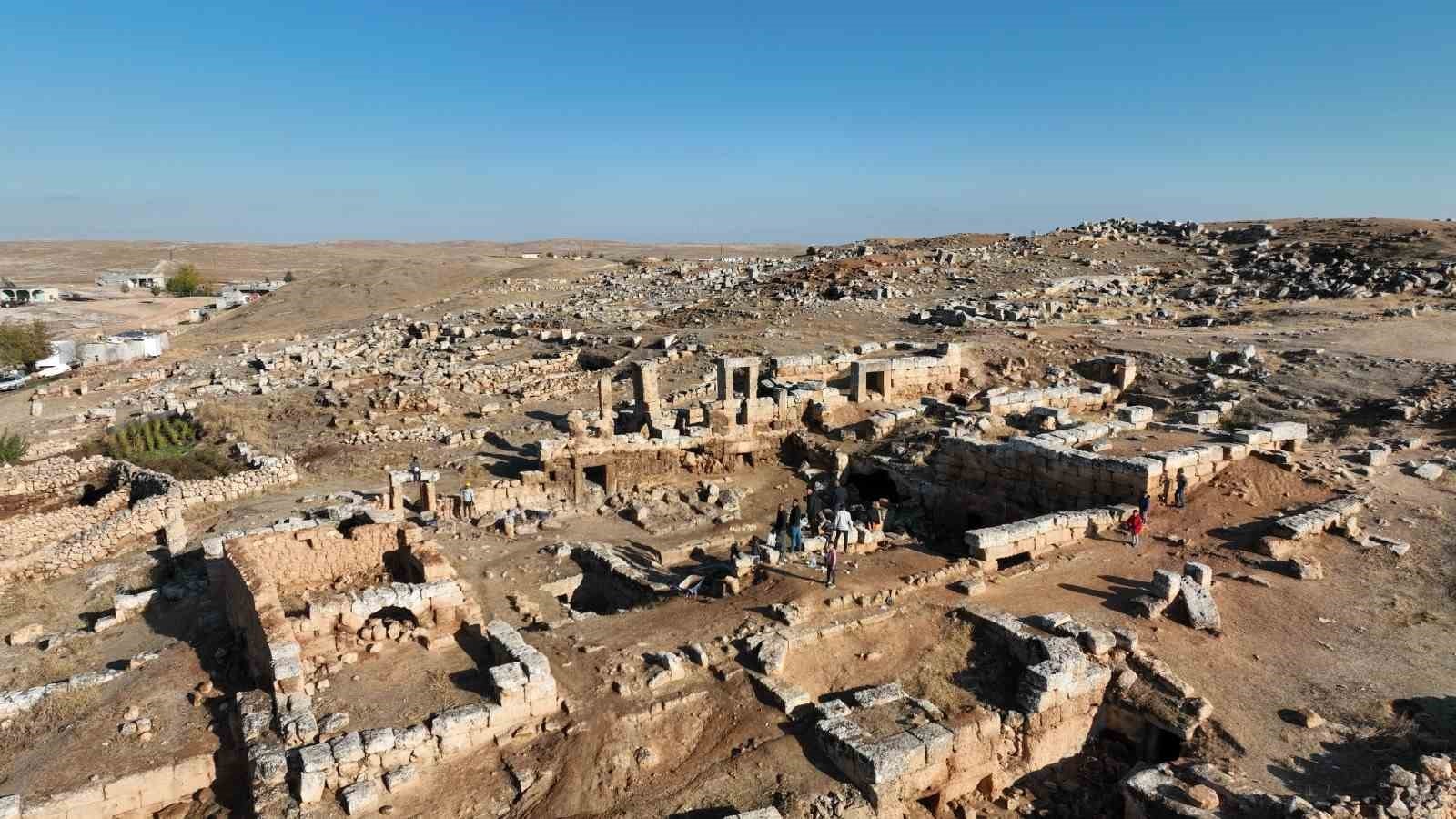
Archaeological excavations have begun in the ancient city of Shuayb, also known as the “Ephesus of the Southeast.”
Archaeological excavations have begun in the ancient city of Shuayb, known as the “Ephesus of the Southeast,” with architecture reminiscent of the renowned city of Ephesus from the Ancient Age in Anatolia. The ancient city of Shuayb is located near the village of Özkent, 80 km away from the Harran district of Şanlıurfa. The city
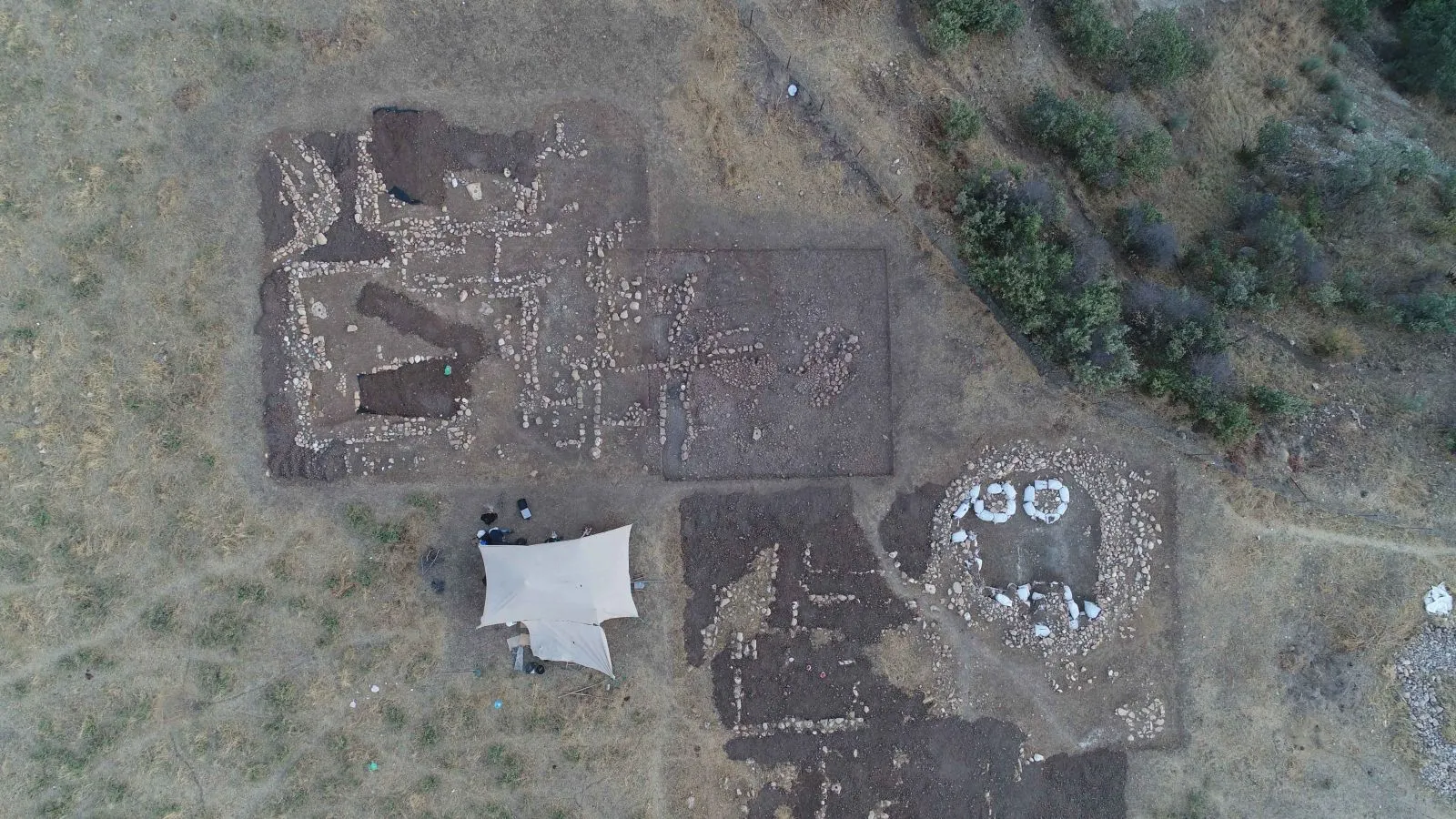
A 12,000-year-old monumental stele has been discovered at Boncuklu Tarla in southeastern Türkiye
Excavations at Boncuklu Tarla, located in the Ilısu neighborhood of Dargeçit district in Mardin, southeastern Türkiye, have uncovered a 12,000-year-old carved stone block measuring 2.20 meters. Numerous findings from the Late Epipaleolithic period to the Neolithic Age have been uncovered at Boncuklu Tarla. According to archaeologists, Boncuklu Tarla is an important archaeological site that sheds
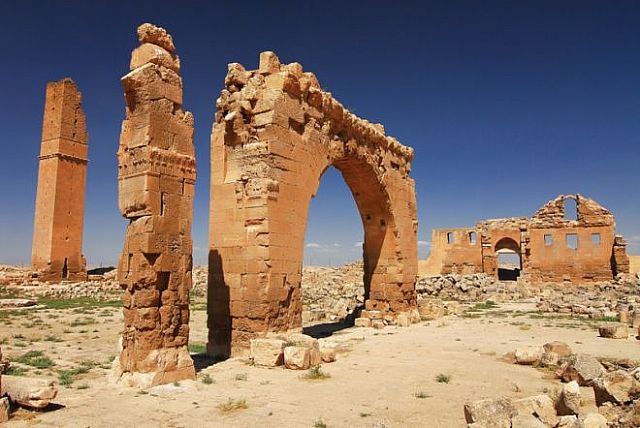
Ritual dog graves associated with the goddess Gula have been uncovered at the Harran archaeological site
In the Harran archaeological site, one of the oldest settlements in the world located in southeastern Türkiye, four dog graves dating back to the Iron Age have been uncovered. The ritualistically buried dogs are interpreted as a sign of belief in the healing goddess Gula. The Harran archaeological site, which is on the UNESCO World
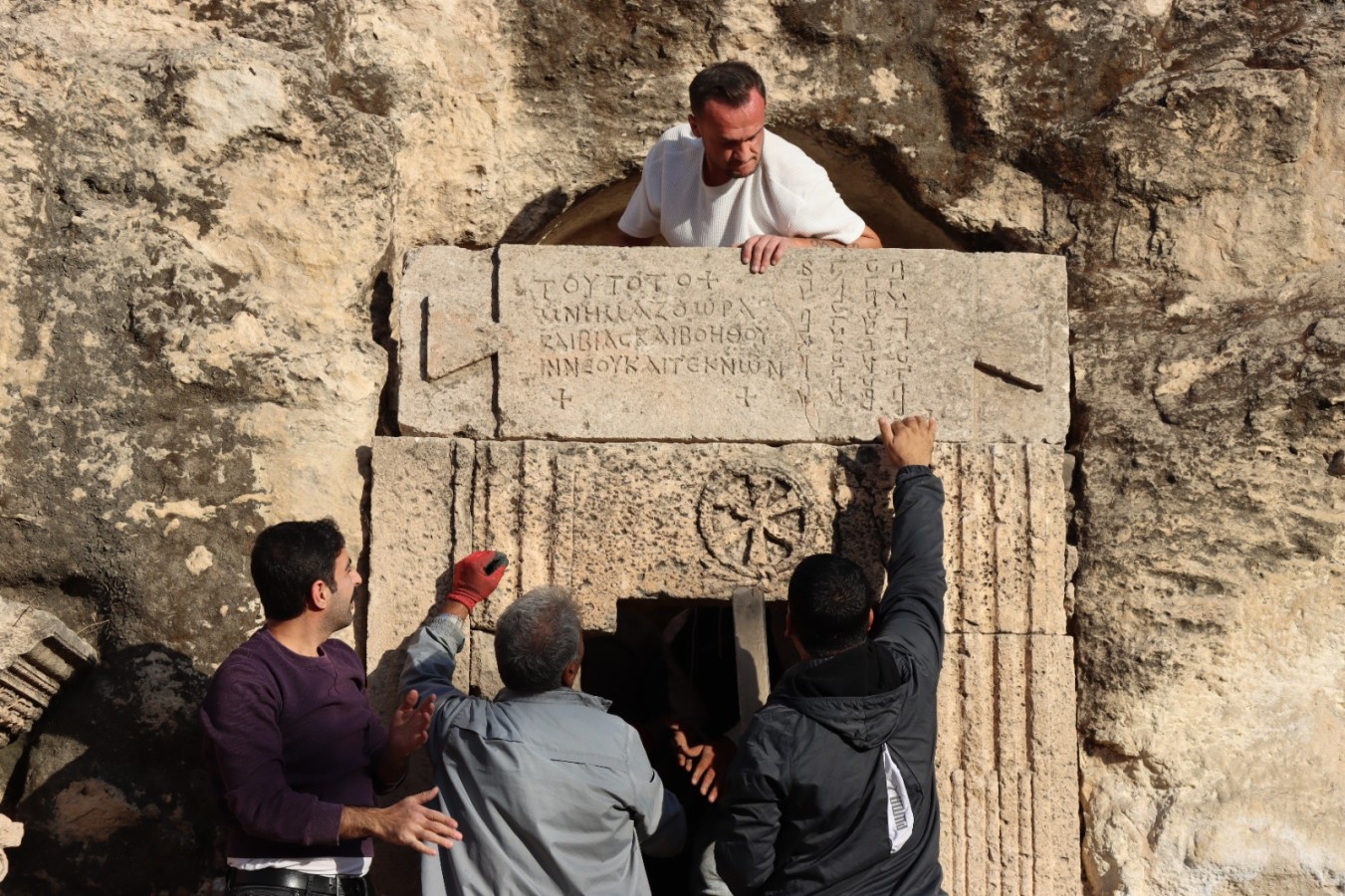
A tabula ansata featuring a bilingual inscription, found in front of a burial chamber adorned with the monogram of Jesus Christ, was restored
A bilingual inscription tabula ansata located in front of a burial chamber adorned with the monogram of Jesus Christ, found in the Kızılkoyun necropolis in Şanlıurfa, has been restored and returned to its original position. Kızılkoyun Necropolis is located in the Balıklıgöl plateau of Şanlıurfa. It bears traces of Hellenistic and Roman-Byzantine periods with tombs
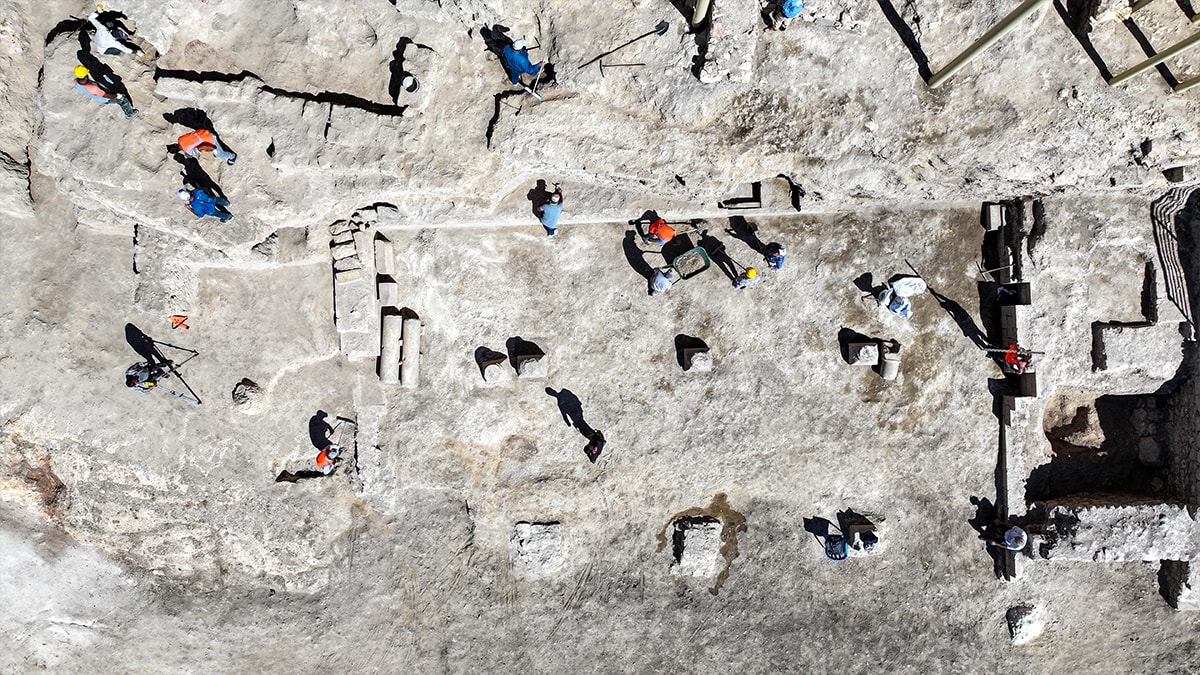
It is thought that the tomb of St. Thaddeus was found in the excavations of Eğil Castle
During the ongoing archaeological excavations in Eğil Castle in Diyarbakır in southeastern Türkiye, graves dating back to 1600-1900 years ago were found. Prof. Dr. Vecihi Özkaya, the head of the excavation, said that one of the graves may belong to St. Thaddeus, “There is information that St. Thaddeus saw Jesus Christ and received orders from
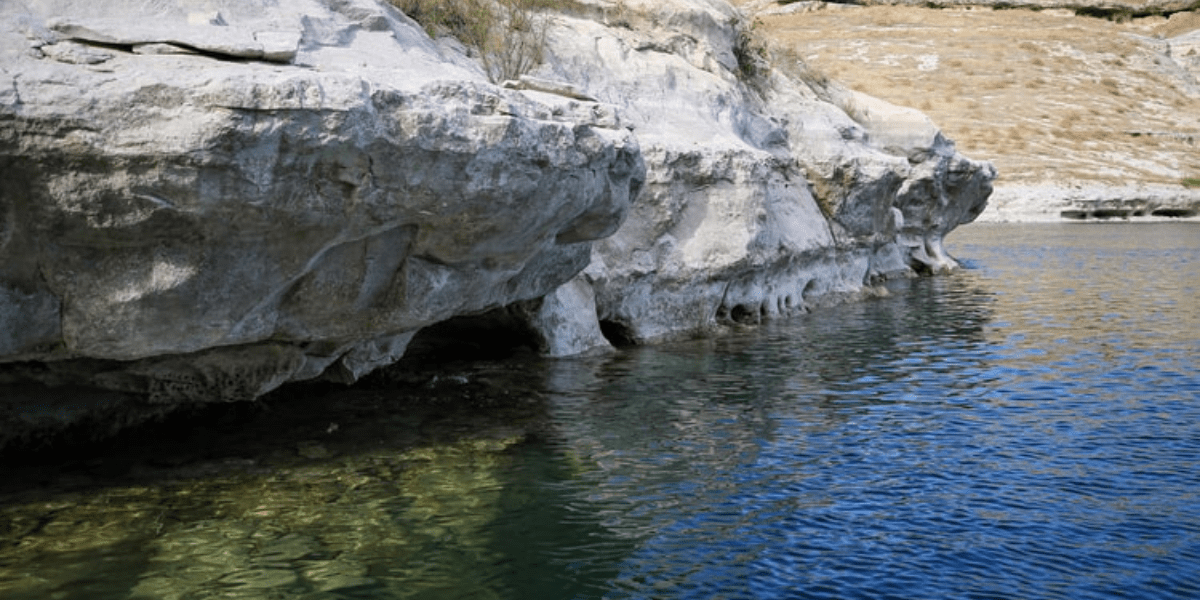
A 3,000-year-old settlement area has been discovered on the shores of the Atatürk Dam, which is built on the Euphrates River
A 3,000-year-old settlement area has been discovered on the shores of the Atatürk Dam, which is built on the Euphrates River in the Southeastern Anatolia Region. The Atatürk Dam was built between the provinces of Adıyaman and Şanlıurfa as part of the Southeastern Anatolia Project (GAP). The discovery of the settlement was made by the
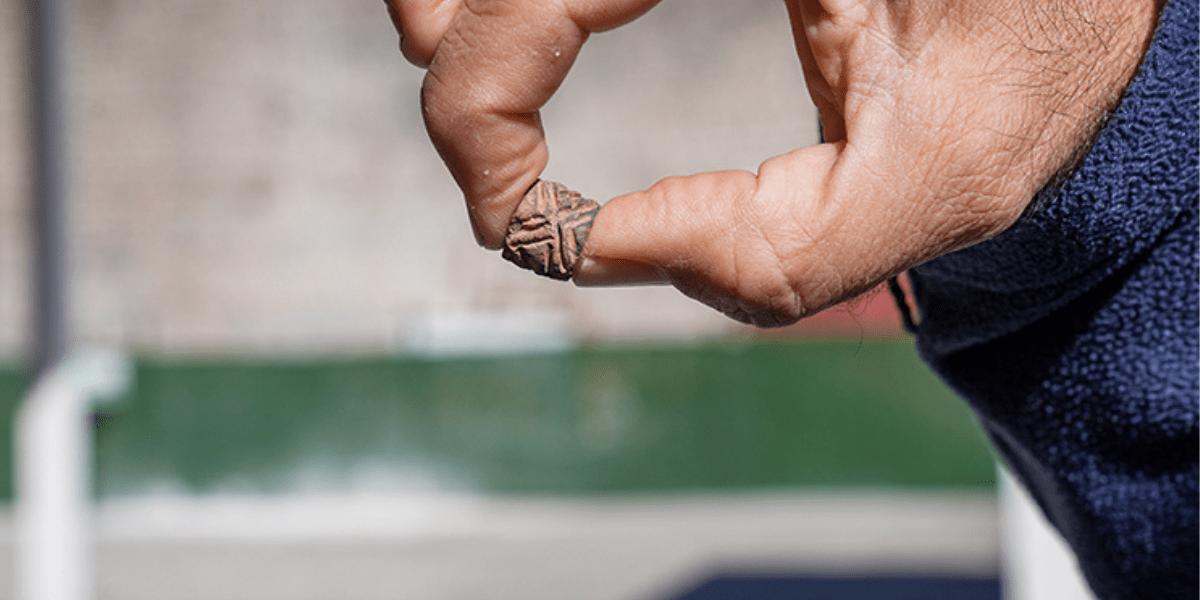
A cylindrical seal from the Late Uruk period has been found in Diyarbakır
A cylinder seal from the Late Uruk Period has been discovered in ongoing excavations at Amida Mound, located in the center of Diyarbakır. Amida Mound, with its traces of continuous settlement for 8,000 years, houses the Artuklu Palace, where the world-renowned scientist Al-Jazari lived and the first robots were created. The archaeological excavations at Amida
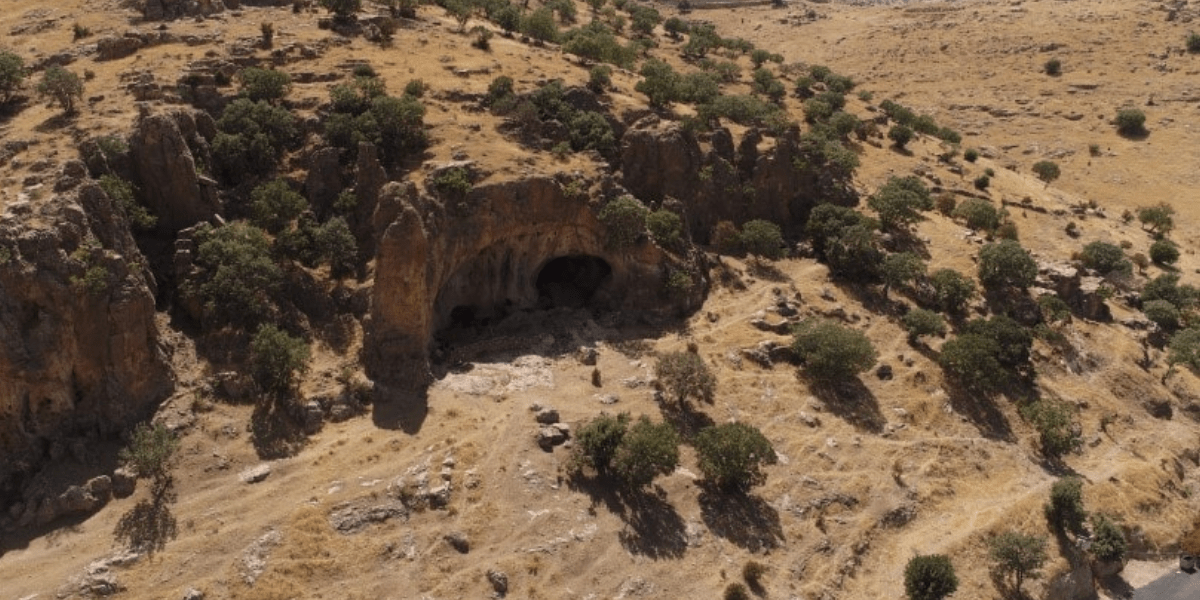
In a cave in southeastern Türkiye, traces of human life dating back 350,000 years have been discovered
In the Uluköy Cave located in the Gurs Valley of Mardin in southeastern Türkiye, traces of early human life believed to be 350,000 years old have been identified. The rescue excavations at Uluköy Cave are being conducted under the leadership of Associate Professor Dr. Ergül Kodaş. In the first season of the rescue excavations, findings
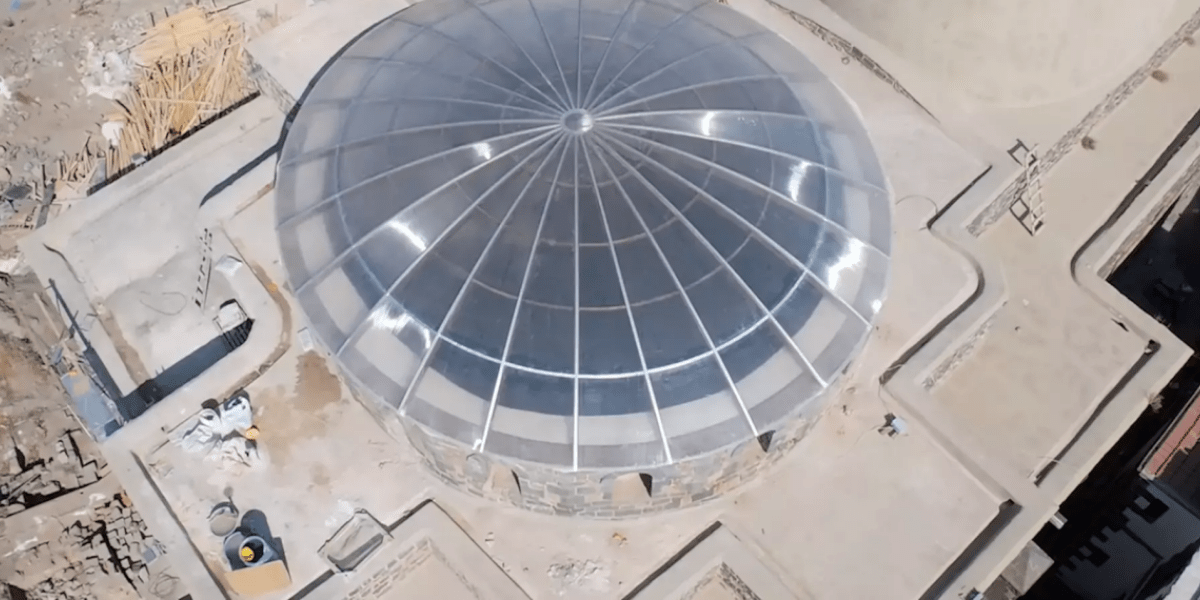
A dome has been constructed for the restored St. George Church in Diyarbakır
The dome of the 1,600-year-old St. George Church in Diyarbakır, which was heavily damaged in the recent major earthquakes in Kahramanmaraş, has been replaced. Originally built as a church of administration by the Romans 1,600 years ago, the St. George Church was restored in 2020. It is located in the northeastern corner of the historic
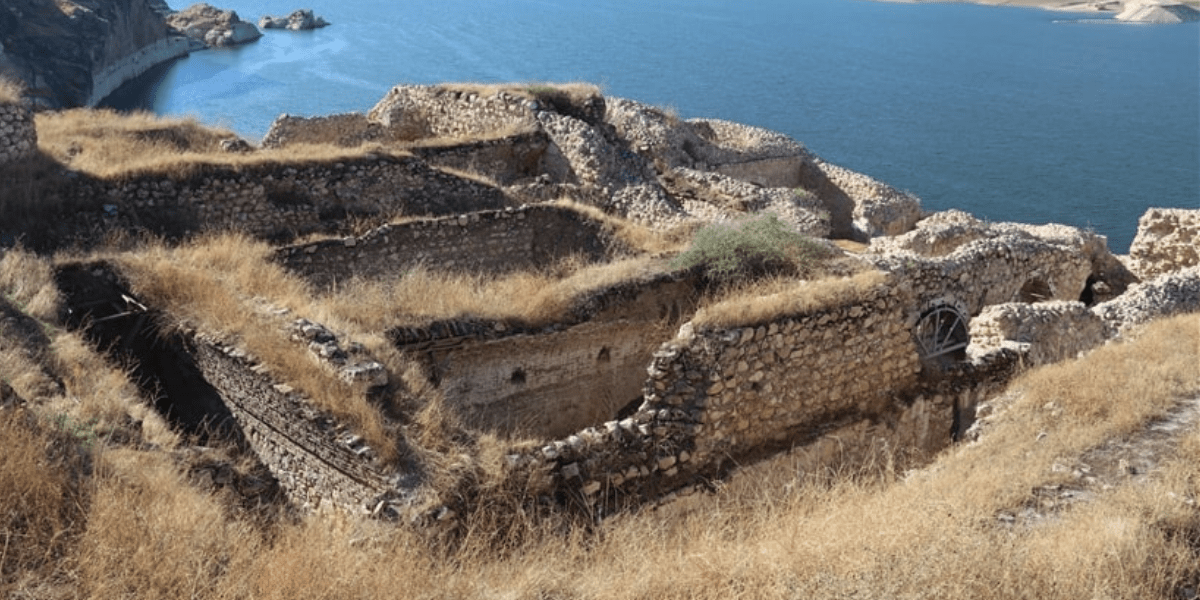
Remains of a 1,600-year-old Roman military structure discovered in Hasankeyf excavations
Remains of a 1,600-year-ld Roman military structure discovered in Hasankeyf, one of the earliest settlements in human history, located in Batman province in southeastern Türkiye. Archaeological excavations in Hasankeyf, which is separated by the Tigris River (Turkish: Dicle), indicate that human habitation in the region dates back to the 10th century BC. Excavations ongoing at
